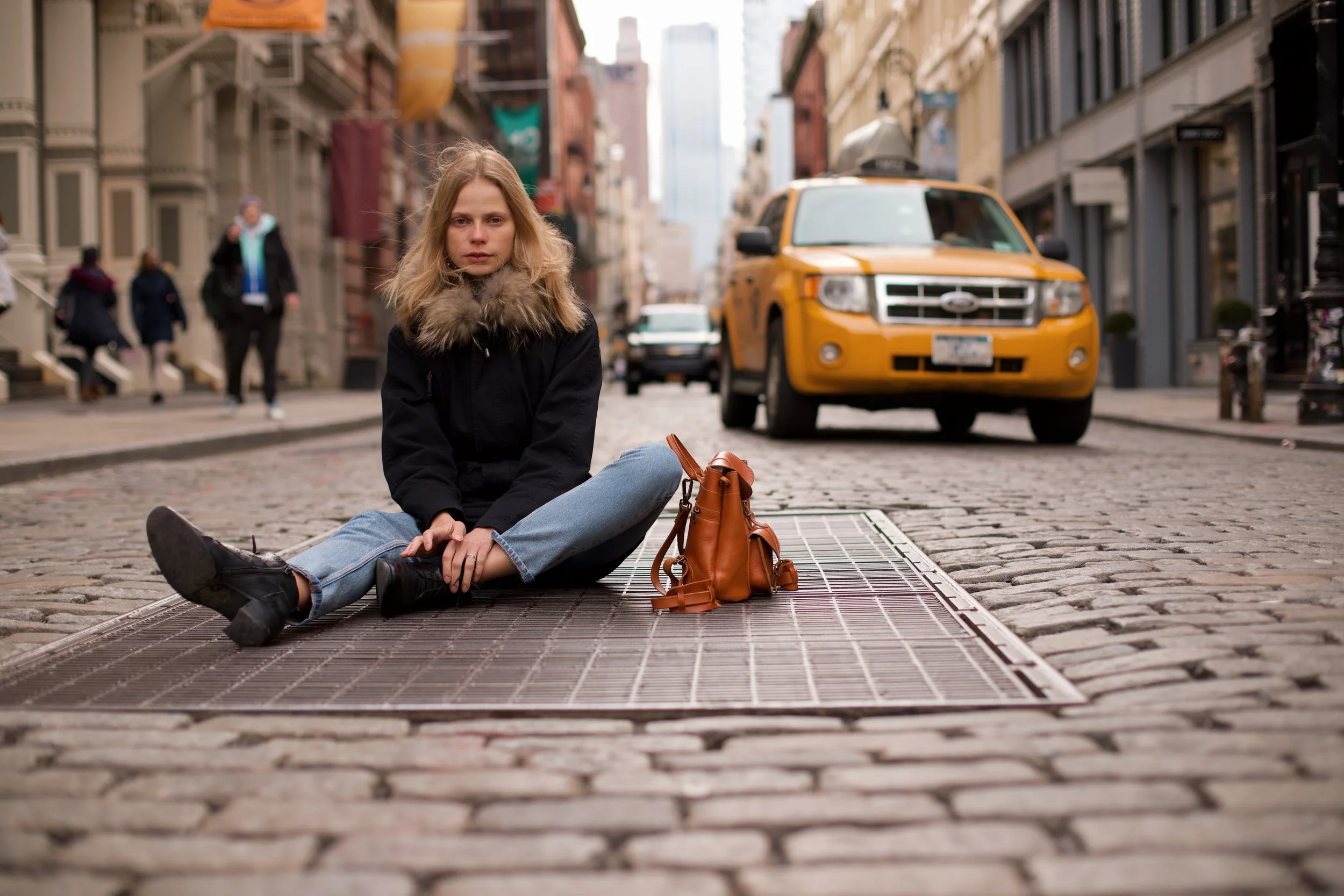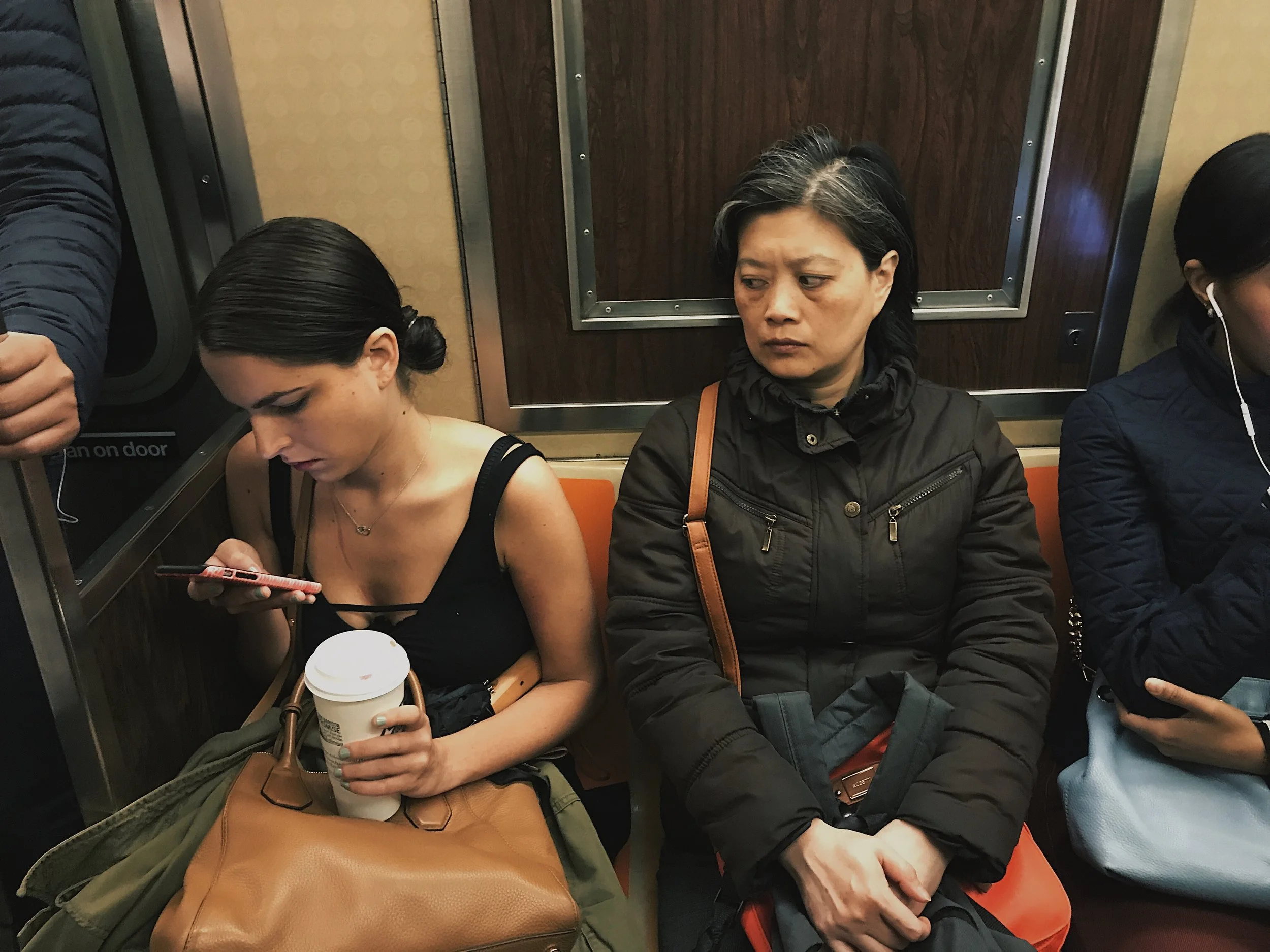Street Style vs. Runway Fashion: The Differences and Similarities
Street style and runway fashion may seem like two completely different worlds, but they actually have a lot in common. Both are forms of self-expression and creativity, and both are influenced by cultural, social, and political factors. However, there are also many differences between the two, which can be summarized in the following points:
Purpose: One of the main differences between street style and runway fashion is their purpose. Street style is a way for people to express themselves through their clothing and personal style, while runway fashion is a way for designers to showcase their collections to the public and the media.
Audience: Another key difference is the audience. Street style is meant for a general audience, as anyone can wear and interpret it in their own way. Runway fashion, on the other hand, is meant for a specific group of people, such as buyers, fashion editors, and celebrities, who have the means to purchase and wear the high-end pieces shown on the runway.
Accessibility: Street style is generally more accessible than runway fashion, as it is often made up of affordable and readily available clothing and accessories. Runway fashion, on the other hand, is often made up of one-of-a-kind pieces or limited edition items that are not readily available to the general public.
Trends: Both street style and runway fashion are influenced by trends, but they differ in how they approach them. Street style tends to be more experimental and edgy, as people often mix and match different styles and trends to create their own unique looks. Runway fashion, on the other hand, is more controlled and polished, as designers carefully plan and execute their collections to showcase their vision and aesthetic.
Creativity: While both street style and runway fashion involve creativity and self-expression, they differ in how they approach it. Street style is often spontaneous and unplanned, as people wear what they feel comfortable and confident in. Runway fashion, on the other hand, is more planned and structured, as designers spend months or even years creating and perfecting their collections.
Overall, street style and runway fashion may seem like two separate worlds, but they both involve creativity, self-expression, and an appreciation for fashion. While they differ in purpose, audience, accessibility, and approach to trends and creativity, they both play a significant role in shaping the fashion industry and influencing personal style





